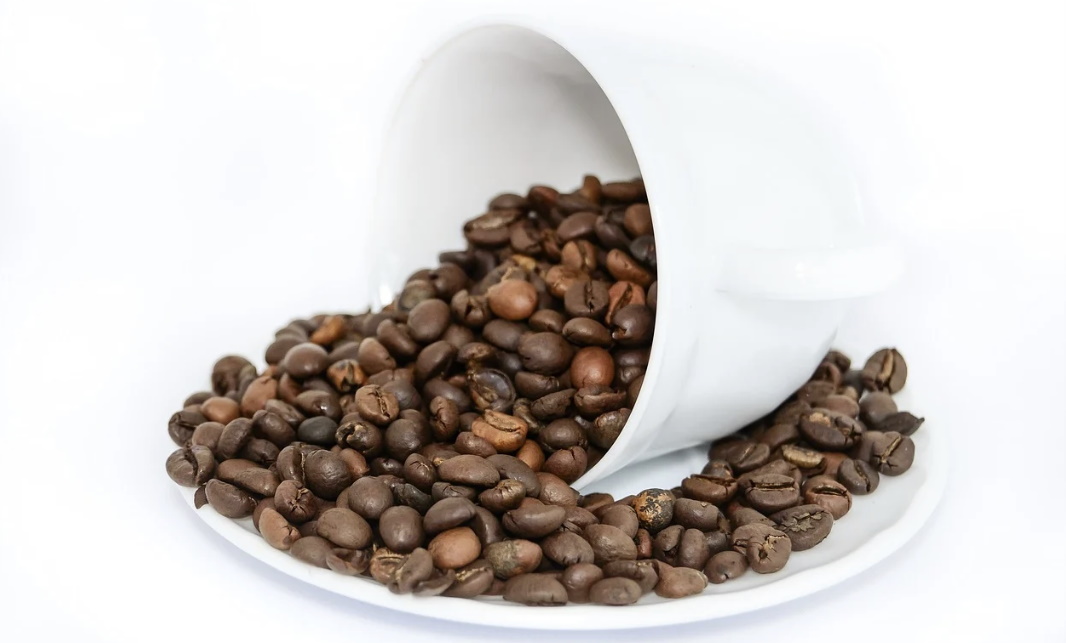Caffeine Levels in Different Types of Coffee

Around the world, people drink two billion cups of coffee a day. One of the biggest reasons behind coffee’s popularity is the caffeine in it.
Medical professionals claim that people should not drink more than 400 milligrams of coffee a day. Even consuming far less caffeine than this has been linked to health conditions including insomnia, anxiety and high blood pressure.
Much of the information around the caffeine content of coffees produced by the most popular coffee brands is not easily accessible online. We therefore contacted many of the biggest retailers of coffee to find out how much caffeine their coffee contains. You can read some of our more notable findings here.
Filter Coffees often Contain More Caffeine than Double Espressos
One of the more surprising findings of the study is that a filter coffee often contains more caffeine than a double shot of espresso. This was unexpected considering espresso’s reputation as being one of the more caffeine-heavy ways that someone can take their coffee.
The average strength of all the espressos that we managed to get information about the caffeine levels for was 77mg per shot. This means that a double espresso - the amount that is usually used in popular milk based coffee drinks like cappuccinos and lattes generally contain around 154 mg of caffeine.
Filter coffee contains on average 144 mg of caffeine per typical eight ounce serving (for reference, this is the smallest size filter coffee you can usually get from coffee outlets). Many popular coffee brands including: Illy, Folgers and Nescafe make filter coffee whose caffeine content exceeds two shots of espresso when drunk in an eight ounce serving.
The common misconception that espresso contains more caffeine than filter coffee is that the former type of coffee has a much stronger flavour and body than the latter. People often equate strength of flavour to mean a high caffeine content, but this is not the case. In fact, often better quality coffee with more complex flavour profiles contain less caffeine than cheaper varieties.
Instant Contains More Caffeine Than You Might Think
Instant coffee is often seen as not real coffee, or an easy way to get used to the taste (and caffeine) of coffee for the uninitiated.
However, closer inspection of the caffeine content of instant coffee actually puts it in line with espresso.
In fact, some of the more caffeine-rich instant coffees, such as that produced by Illy and Starbucks, contain a similar amount of caffeine as a double espresso per eight ounce serving.
This means that Frappuccinos, a Starbucks coffee drink that is often consumed by children contains around 150 mg of caffeine. Given that paediatricians recommend that children between the ages of twelve and eighteen should not consume more than 100 mg of caffeine a day, maybe taking the kids out for Frappuccinos is not such a good idea.
One of the reasons that instant coffee contains a surprising amount of caffeine is that it is often made out of Robusta coffee beans. These beans are cheaper to produce than the Arabica beans that are the staple for filter coffee and espresso, and also typically contain 20-30% more caffeine than them.
McDonalds Coffee is Low in Caffeine Compared to Other Chains
When it comes to chain coffee shops and restaurants that are known for selling coffee, McDonalds serve far and away the least caffeinated coffee.
An 8 oz filter coffee from McDonalds typically contains 72 mg of caffeine. This is about half as much as coffees of the same type and serving size from Starbucks (155 mg of caffeine) Dunkin’ Donuts (144 mg of caffeine) and Caribou (153 mg of caffeine).
Even filter coffees produced for the home market generally contain more caffeine than McDonalds coffee with both Peets and Nescafe manufacturing coffees that contain twice the amount of caffeine as McDonalds coffee.
The Cold Brew Fad Might be Dangerous
Cold brew is where you soak ground coffee beans in cold water over a period of 12-18 hours. The thinking behind it is that brewing coffee in cold water causes some of the oils in coffee that can give it a harsh, acidic flavour to stay in the beans, leading to a smoother drink.
Another, perhaps intended, effect of brewing coffee in this way is that the final drink contains far more caffeine than regular coffee. Twenty percent of the cold brew coffees that we could find data for contained more than 300 mg of caffeine per 8 oz serving.
Given that one of the reasons why people cold brew coffee is that its smooth flavour and lack of body means that you can drink more of it, this suggests that the promotion of such coffee might lead to an overconsumption of caffeine among coffee drinkers.
Final Thoughts
These findings suggest that, contrary to popular belief, espresso is actually one of the lowest caffeine ways of enjoying coffee, with filter and even instant coffee often containing more caffeine.
Considering how difficult it is to find information about the caffeine content of coffee, when someone talks about the “strength” of coffee, they are almost always talking about the way that coffee tastes, rather than its caffeine content.
Therefore, if you are on a caffeine controlled diet, perhaps due to being pregnant, it's worth always checking how much caffeine is in your daily cup.




































